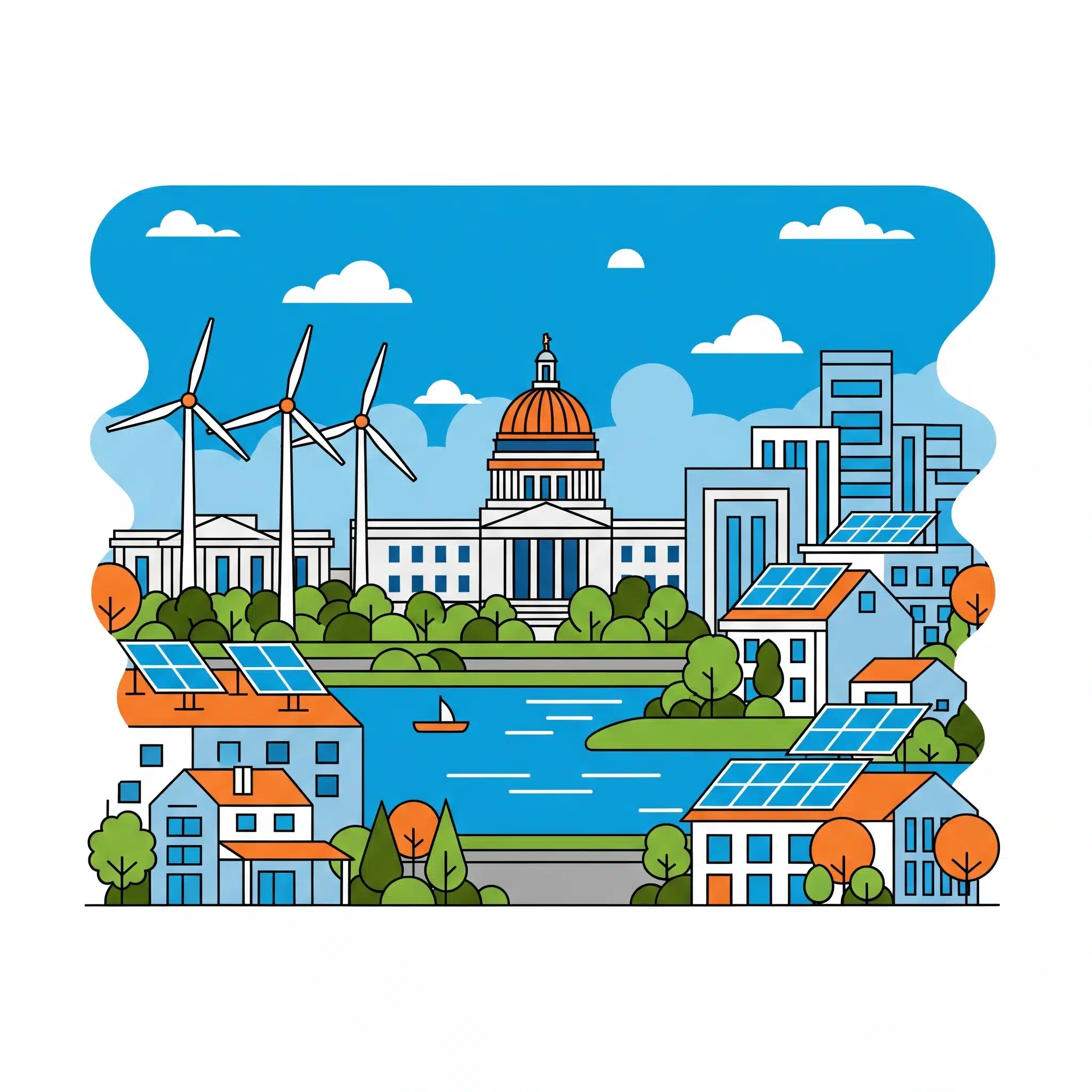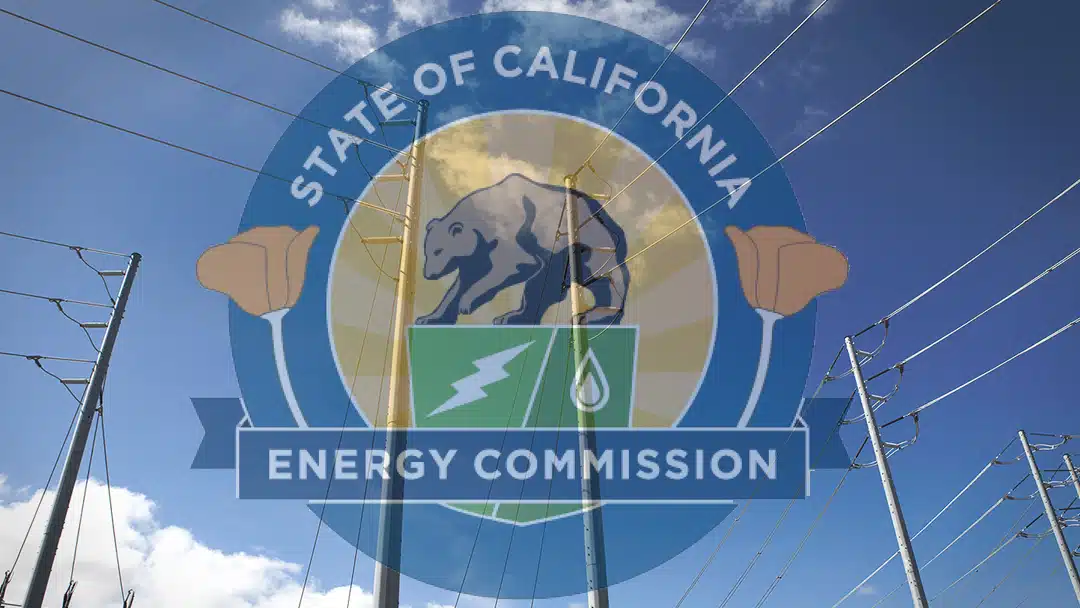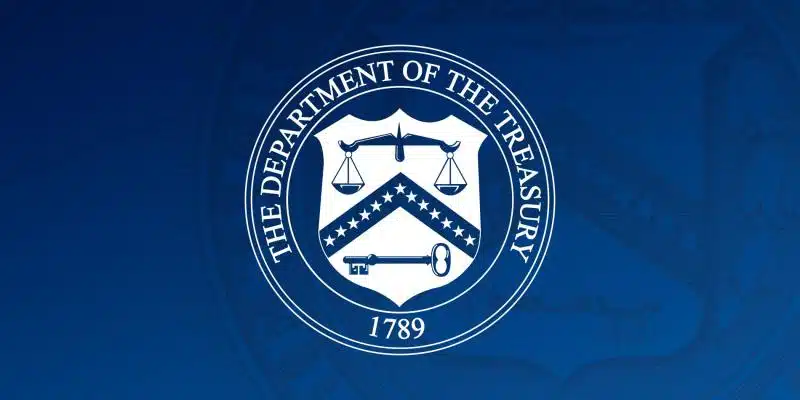Reform, Not Retreat: The Path Forward for Clean Energy Markets in the Face of New Critics
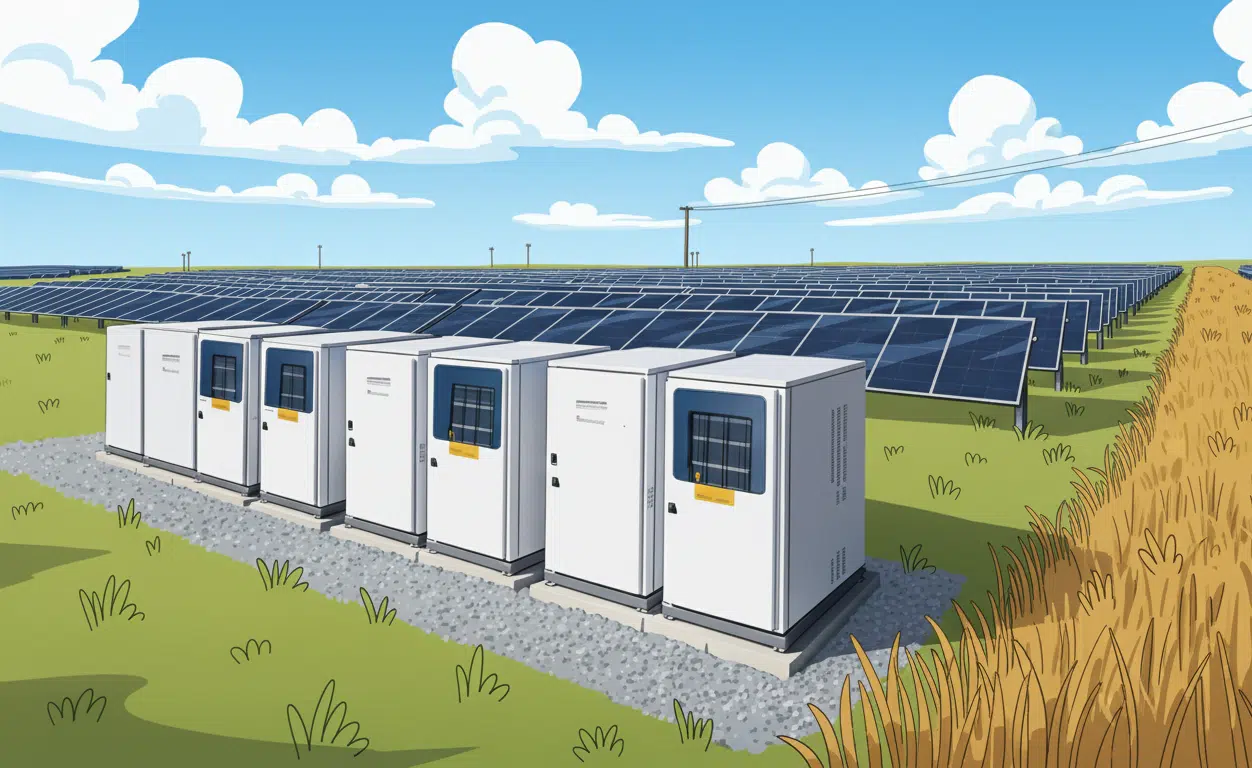
A letter from sixteen State Attorneys General misuses real challenges in the clean energy market to promote a fossil fuel agenda. The real solution to these integrity and impact weaknesses is stronger rules to drive around-the-clock clean power.
Today’s clean energy market rules no longer face criticism solely from the climate-minded hoping to improve the integrity of clean energy procurement. There is a new strategy from those who would rather see the voluntary clean energy markets fail: point out real problems with today’s accounting rules and come to the false conclusion that renewables are unreliable and that clean energy procurement itself must be stopped.
A recent letter from sixteen state Attorneys General calls out select tech companies for their reliance on unbundled renewable energy certificates (RECs) as false advertising and potentially damaging to the underlying reliability of the energy grid. The intent and conclusions made by this group are misleading and in bad faith, and they will only serve to further exacerbate the ongoing energy cost crisis and slow down progress towards American energy abundance. However, some of their critiques are based on shared concerns with today’s market-based rules for voluntary energy procurement: companies today can make claims of clean energy matching to reduce their electricity-based emissions using clean power that is disconnected in time and space from their real operations.
If critical steps aren’t taken to realign clean energy markets with reality, we risk the entire voluntary clean energy market under the weight of a growing integrity crisis.
Real Problem, False Solution
The voluntary market has been a clean energy accelerator. Renewable energy has constituted over 2/3 of new US capacity additions every year since 2020 (not including storage or rooftop solar), and companies’ abilities to financially support cleaner energy has been a major contributor. However, today’s globally adopted emissions accounting rules allow for companies operating on disconnected grids to make claims of emissions reductions that do not make common sense. The rules allow corporate targets to be based on purchasing the right to claim solar at night and power that has no chance of being delivered to actual operations.
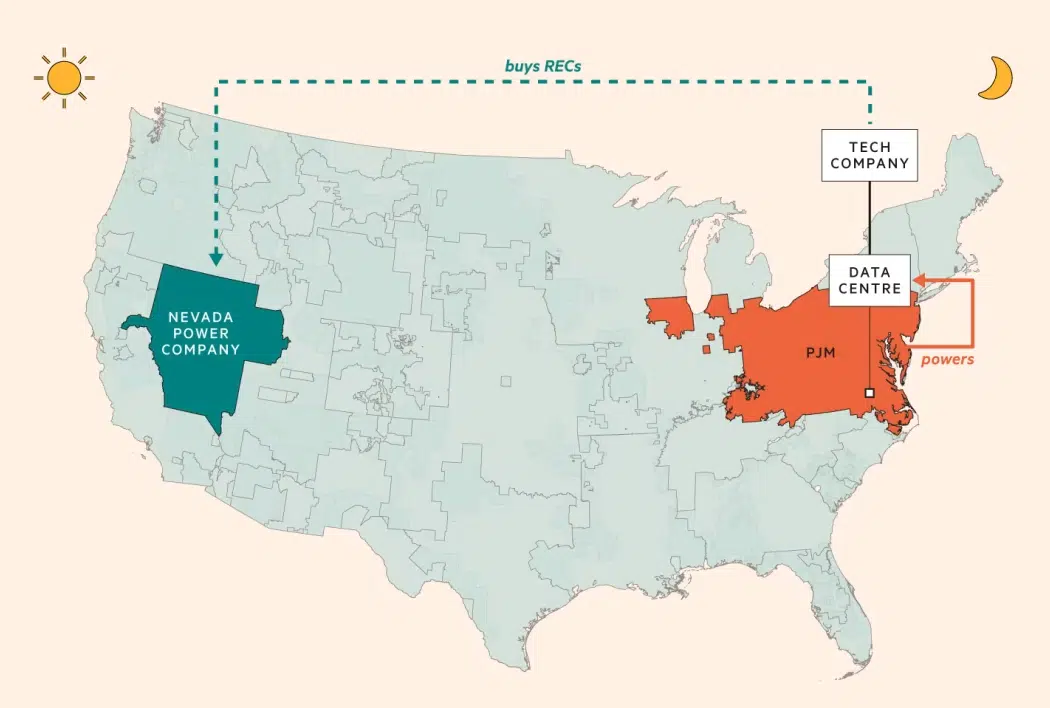
Source: Financial Times.
Below, the International Energy Agency report on AI and energy usage shows how companies have been able to claim “100% renewable” for years. But these claims are often backed up by renewables that produce electricity at different times and in different places from where these companies actually operate.
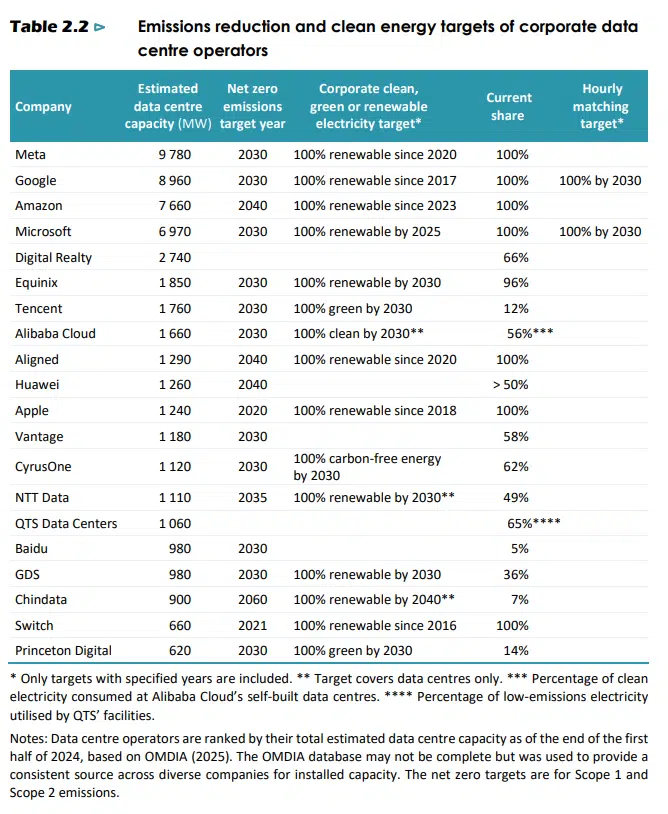
Source: IEA.
This contradictory message – company claims of 100% clean energy matching combined with continued support for fossil-based power for their actual electricity needs – leads to confusion and integrity challenges.
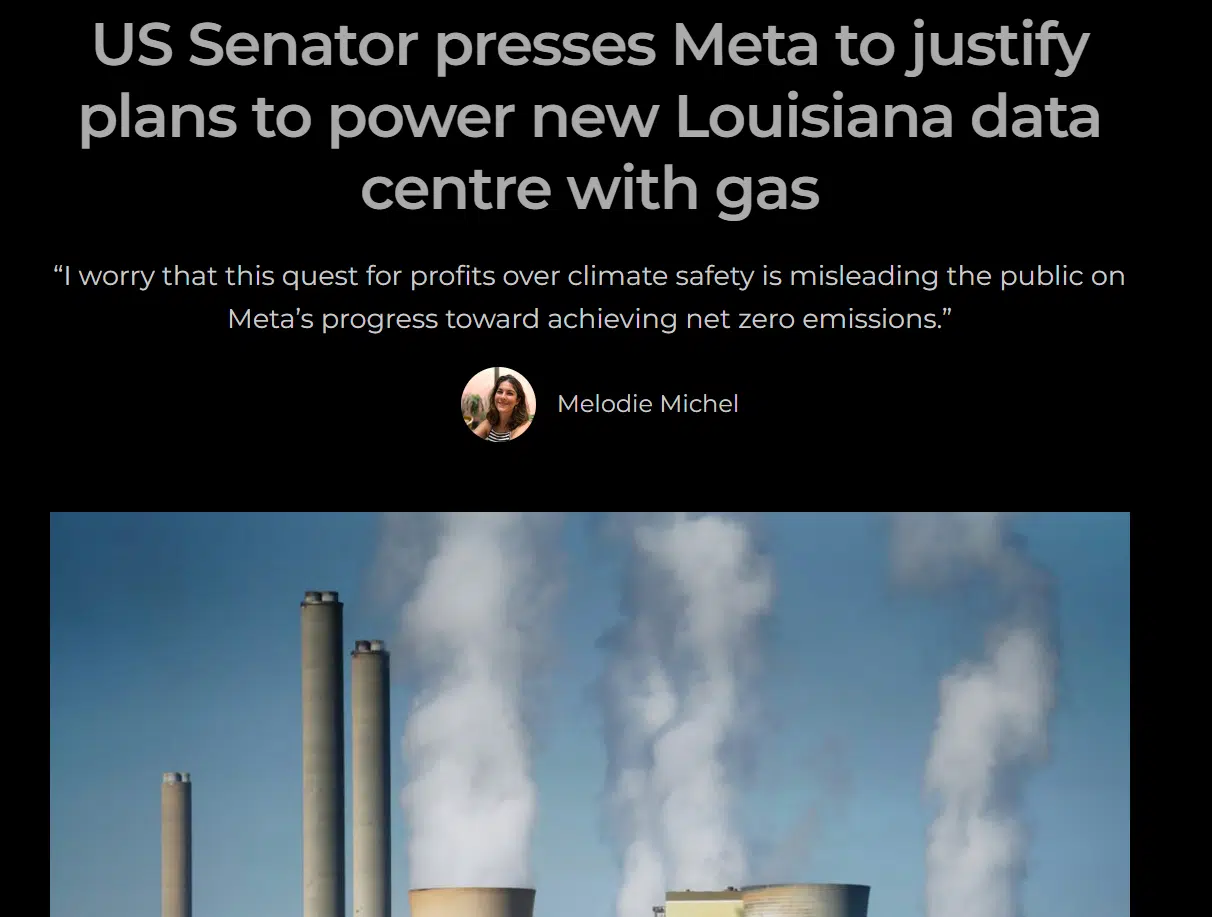
Source: CSO Futures.
Claiming solar energy use at night or from far-away grids invites calls for reform of these rules. And unfortunately, bad actors are trying to coopt legitimate critiques for nefarious purposes. We can either work to make these rules stronger and higher integrity, or risk exposure to further critique and erosion of legitimacy.
The Real Solution?
Renewables themselves are not the problem and they are not going away, as this letter insinuates. The cure is to build storage to really make the sun shine at night and encourage more clean firm deployment and demand flexibility.
To accomplish this, clean energy market rule reform is needed. It is ok to admit that there are weaknesses in today’s system without falling victim to the misguided conclusions expressed in the letter. Together, clean energy advocates, producers, and users can work together to protect this system by improving it.
The Greenhouse Gas Protocol (GHGP) Scope 2 rules is the main methodology used by these companies to make claims around their electricity usage emissions. An update to these rules will soon be out for public consultation. EnergyTag is broadly supportive of improvements to how emissions are counted for clean electricity purchased in the market:
- Must be matched hour to hour (no more claims of solar at night).
- Must be sourced from the local grid (no more claims of Texas wind decarbonizing operations in Montana).
- Must only claim their fair share of existing clean energy (no more claims of 100% clean electricity from assets that have long served the public).
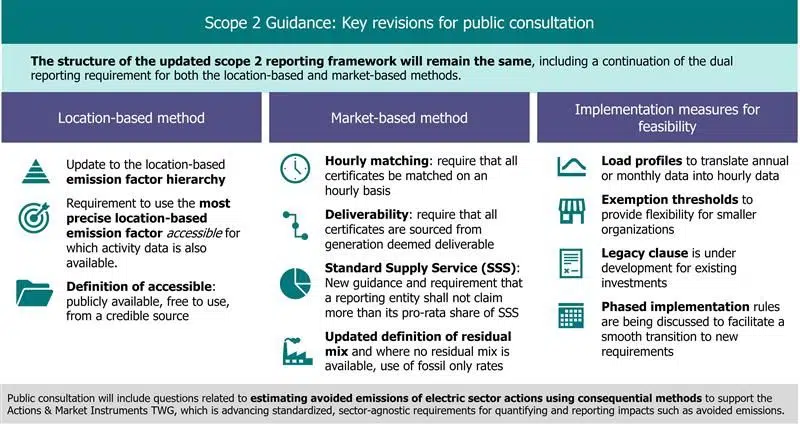
Source: Greenhouse Gas Protocol.
These improvements are not just accurate accounting for accurate accounting’s sake. The new rules would encourage the world’s largest energy users to drive clean energy procurement into technologies and assets that truly deliver clean electricity when and where it is needed for around the clock clean power. This means more storage to ensure renewables can be firmed and reliable, more investment into clean firm power offering consistent low-carbon electricity, and greater attention on demand flexibility to support reliability and least-cost grid operations.
Market incentives that deliver reliable clean power around the clock are the real solution to the challenges outlined in the letter. The proposed GHGP reforms align integrity with impact and will serve to protect the long-term value and health of clean energy markets — something no other proposal has been able to claim.

